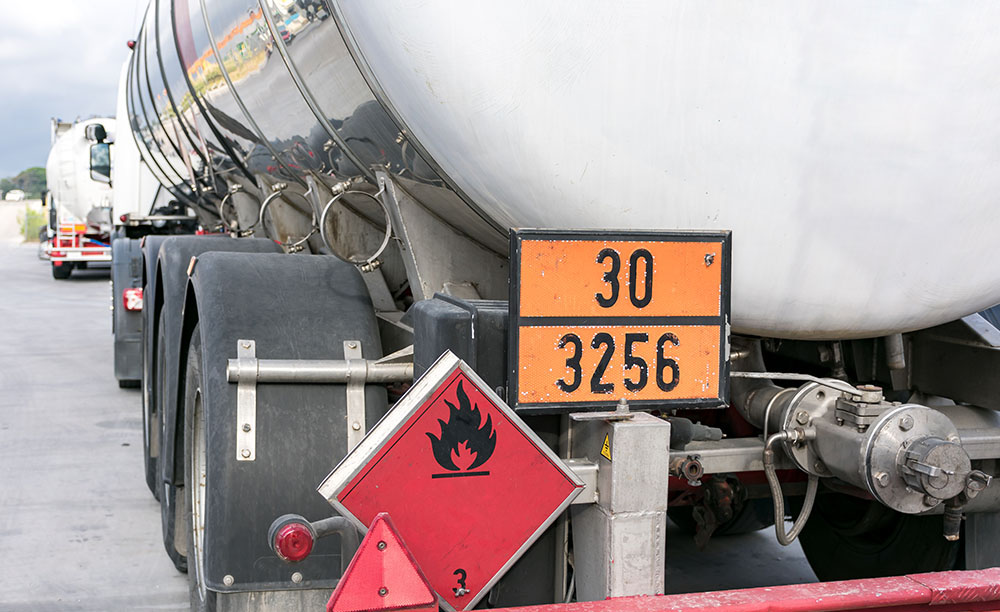At a glance
ATSDR conducted an ACE investigation in Illinois after an anhydrous ammonia spill. The ACE team surveyed motorists, first responders, and residents, and reviewed medical records.

Background
Two 1,000-gallon anhydrous ammonia fertilizer tanks malfunctioned during transport on the road from southern Wisconsin into Illinois by a farm worker. The malfunctioning tanks released approximately 500 gallons of anhydrous ammonia fertilizer. The release exposed motorists, residents, and first responders to the chemical.
Approach
In response, the Illinois Department of Public Health, and ATSDR collaborated to investigate the event's effect on human health.
The ACE team conducted an Epi-Aid working with state and local health departments in Illinois to:
- Interview motorists, residents, and first responders using surveys from the ACE toolkit.
- Abstract medical records from local hospitals where exposed individuals were treated.
- Survey residents from 23 homes near the release site.
Results
Of the 48 residents surveyed from 23 homes near the release site:
- 21 (44%) of them reported experiencing symptoms within 24 hours after the release.
- The 4 most common symptoms reported were cough (15), burning in the nose or throat (14), shortness of breath (12), and eye irritation (12).
- 15 (31%) surveyed residents reported having received medical care from hospitals, EMS, or other providers, including 8 who were evacuated from their homes, 2 of whom required intubation, mechanical ventilation, and ICU care.
Among the 18 first responders who entered the anhydrous ammonia fertilizer plume, 9 experienced symptoms within 24 hours of exposure. The 4 most common symptoms, each reported by 5 responders, were cough, burning lungs, shortness of breath, and eye irritation. 13 first responders were transported by EMS to the hospital, with many evaluated as a precautionary measure. One first responder was hospitalized, requiring intubation, mechanical ventilation, and ICU care.
A fact sheet about ammonia signs, symptoms and treatments was produced and distributed to clinicians.
Key messages
- Hospitals should regularly review their mass casualty hazmat plans.
- Establish a shared communication method for all area first responders.
- Establish standard 911 operator training for hazmat.
Resources
CDC's Morbidity and Mortality Weekly Report: Anhydrous Ammonia Chemical Release — Lake County, Illinois, April 2019

